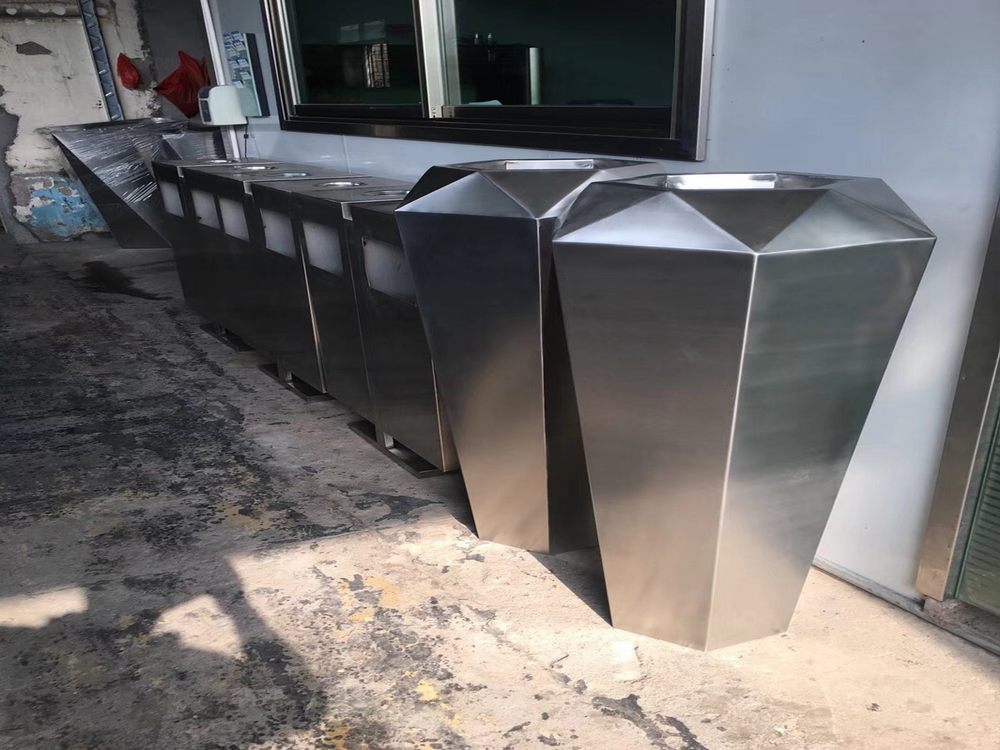
Porcelain sculptures have long served as a medium for artists to delve into profound themes of identity and belonging. By manipulating the delicate yet durable nature of porcelain, creators transform raw clay into powerful visual narratives that resonate across cultures.
The process begins with conceptualization, where artists draw from personal experiences or collective cultural memory. Many incorporate symbolic elements - fragmented forms representing diaspora, translucent layers suggesting multiple identities, or textured surfaces echoing ancestral traditions. Contemporary ceramicists often blend traditional techniques like slip-casting or hand-building with experimental approaches, creating works that bridge heritage and modernity.
Firing techniques play a crucial role in metaphorical expression. Some artists intentionally create cracks through thermal shock, mirroring the fragility of human connections. Others achieve flawless glazes symbolizing societal expectations of perfection. The white purity of porcelain itself frequently serves as a canvas for exploring racial or cultural identity through applied pigments or embedded materials.
Notable examples include artists who imprint personal artifacts into clay surfaces, or those creating porcelain "skins" that reference both protection and vulnerability. The medium's historical association with luxury and trade also allows commentary on migration and cultural exchange. Through these multifaceted approaches, porcelain becomes more than material - it transforms into a language of belonging that speaks across generations and borders.

